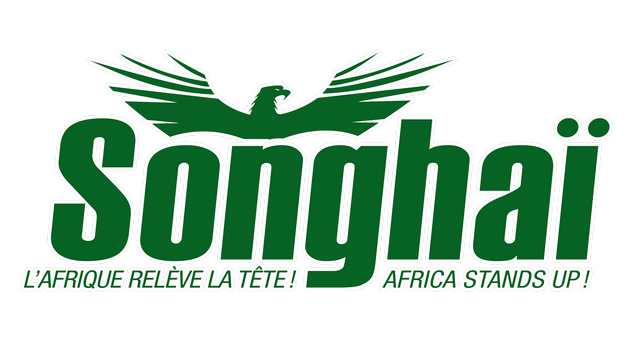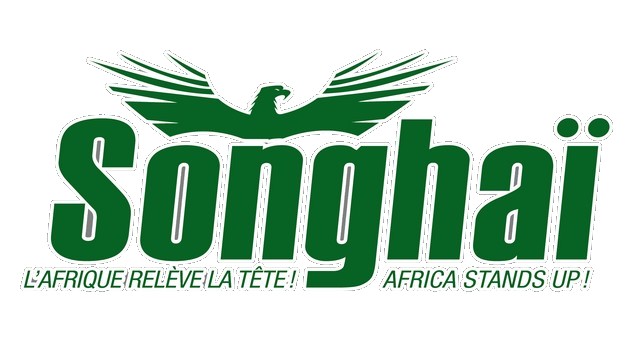[divider style=”double_line_light”]
The idea of the creation of Songhai Centre came from Father Godfrey Nzamujo, who is a Dominican priest with doctorate degrees in electronics, microbiology, and development science. Father Nzamujo joined forces with a group of Africans and friends of Africa who shared the vision of giving back to Africa its dignity, which has been scorned for far too long.
During 1982-1983, the media provided abundant images of African famine and severe drought, which struck Ethiopia in particular. These images portrayed Africa as a continent ravaged by bloody wars, famine, crisis, and poverty — a continent where hope was not permitted. Father Nzamujo, who was then a university professor in the United States, landed in Africa with the firm conviction to change things. “At first, nobody believed it, neither my religious order, nor my family and friends. But I was convinced that tomorrow would be different, because God was going to help us and that injustice could be pushed away. (“Songhai When Africa stands up”, p.28).
Of all the countries he has traveled, including Nigeria, his country of origin, only Benin fully embraced Father Nzamujo’s vision and believed in the project. An acre of land was bestowed by the Benin government to implement the project at Ouando (a neighborhood of Porto-Novo). Thus Songhai was created in October 1985 in Porto-Novo, borrowing its name from a powerful and flourishing West African empire of the fifteenth century. This prestigious empire inspired members of Songhai Centre with pride and hope for a dignified and prosperous Africa. They noted that the core values that have contributed to the emergence of the brilliant civilization of West Africa, namely vision, courage, creativity, sense of community, discipline, and solidarity, had tended to disappear from the habits of the African peoples. Father Nzamujo and his followers took on the challenges of reviving the values rooted in traditional African civilizations and transforming the continent’s countless comparative advantages into competitive advantages that would effectively enhance the opportunities available. Their specific target was the African youth.
Four years after its creation, Songhai began to train young agricultural entrepreneurs. Long duration training began in Porto-Novo in 1989. The Centre expanded its mission throughout Benin and western sub-region of Africa.
In 1993, Lokossa-Kinwédji Songhai Centre was created; centers in Parakou and Savalou followed in 1999. In Nigeria, the Songhai model center at Amukpe in Delta State was created in 2002; Songhai model centers in Bunu Tai in Rivers state and Adani in Enugu State were added in 2010. Nigeria took the lead in the replication of the Songhai model! In 2011 and 2012, the Songhai model was implemented in several Nigerian states: Enugu (Heneke); Lagos (Avia); Katsina (Dutsinma, Sabke and Mairuwa), Cross River (Abi), Ebonyi (Abakaliki). Liberia and Sierra Leone are currently joining within the movement. A Songhai model was created in each of these countries in 2011.
Meanwhile, the network of Songhai farmers was launched in 1993 and Songhai Association – France Lyon was born the same year. The Songhai model has been replicated in 15 African countries with the support of UNDP (UN Development Program) and Songhai was recognized as a Regional Centre of Excellence for Africa by the United Nations in 2008. It is within this framework that Songhai models were established in Kétou and Zangnanado in southern Benin in 2012 and 2013, respectively. Fr. Godfrey Nzamujo was admitted to the rank of “Grand Officer of the Order of Benin” in 2013. Songhai Centre Ouando now covers more than 22 hectares of land and is mainly used as headquarters and an experimental site.
]]>



